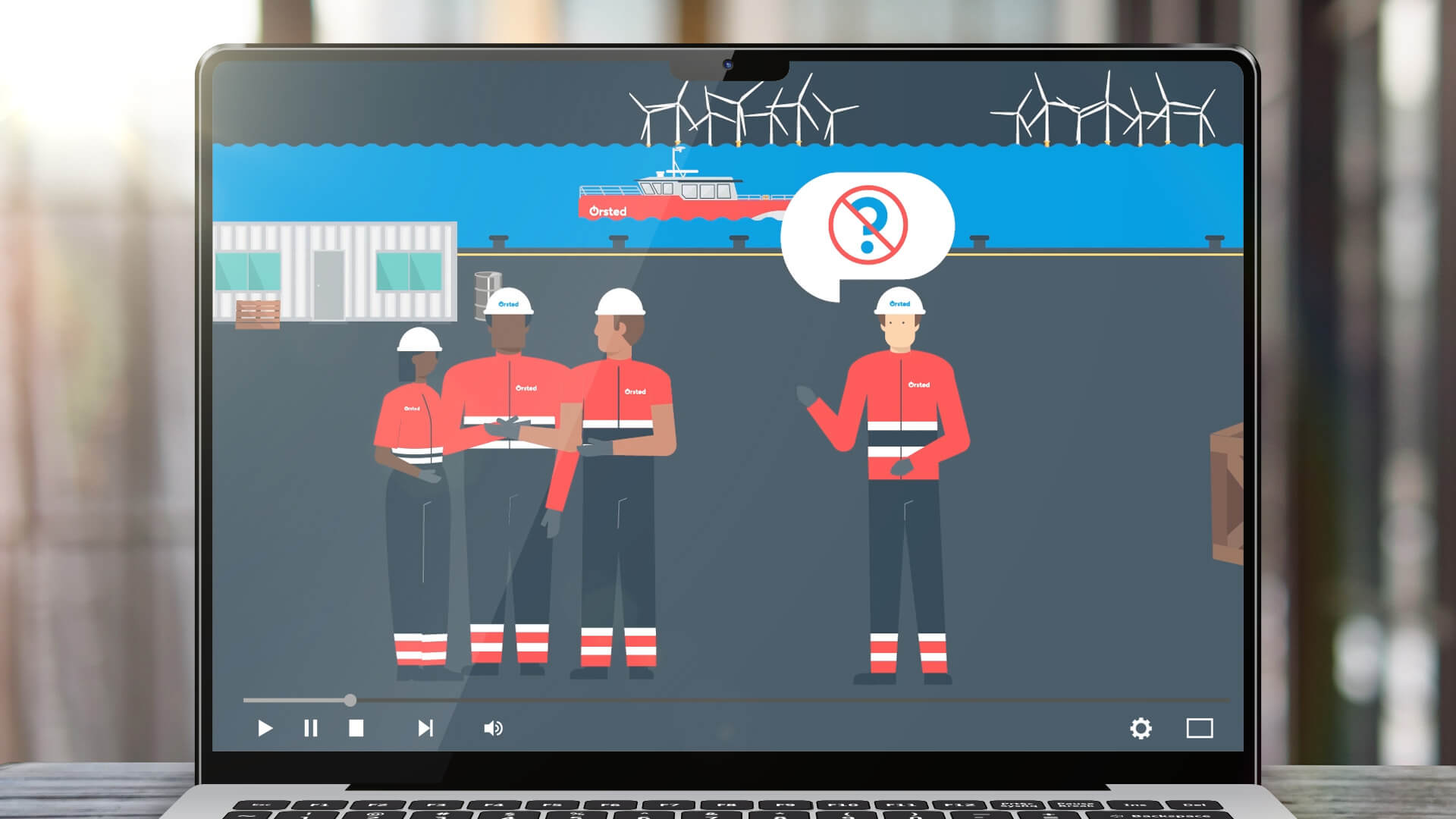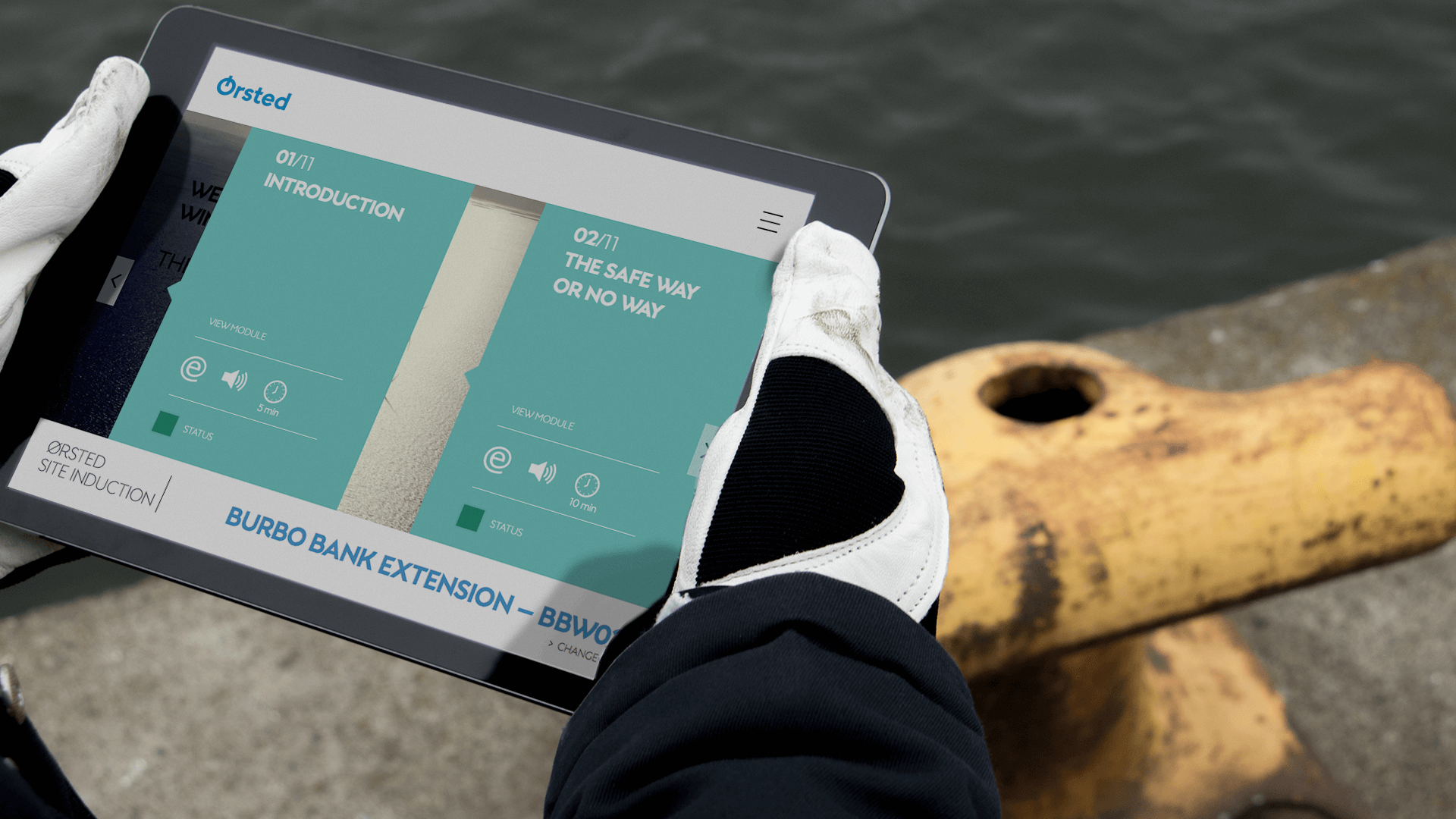We’ve all been there. You're handed a training manual or asked to watch a 20-minute explainer video, and your brain starts wandering at around minute five. It's not that the content is bad. It's just... not made for how we actually learn.
That’s where immersive learning shines. Not just because it looks cool (though we won’t deny that), but because it aligns with how our brains absorb, retain, and apply knowledge. In this post, we’ll break down the psychological science behind immersive learning: why it works, and why it matters.
Less cognitive load, more learning
Imagine visualising how a car’s gearbox works from a flat diagram. Now, compare that to interacting with it in 3D - rotating it, taking it apart, seeing it in action. That’s the difference Cognitive Load Theory explains.
Developed by educational psychologist John Sweller (1988), the theory breaks learning into three types of cognitive load:
- Intrinsic: how complex the actual task is
- Extraneous: mental effort spent on distractions or confusing formats
- Germane: the mental effort that actually helps you learn
Immersive learning, especially in 3D or VR, reduces extraneous load by removing the need to mentally "translate" abstract ideas into real-world understanding. Instead, learners see, touch, and try - freeing up brainpower for the stuff that actually matters.

Experience = Retention
Ever wonder why you remember how to ride a bike, but not the contents of your last compliance module? It’s about experiential memory. The more senses and emotions involved in a learning experience, the deeper it sticks. Immersive learning activates sensorimotor and spatial memory, helping the brain encode knowledge more like a lived experience than a fact to memorise. This links to the theory of embodied cognition, which suggests we understand and retain information better when it’s tied to movement and interaction.
Learning by doing isn’t just more engaging - it’s how our brains are wired.

Gamification: more than just points
Let’s talk motivation. What makes someone want to go back into a training module voluntarily? A big part of the answer is gamification - but not in the gimmicky sense. We’re talking about the psychology of progress, feedback, challenge, and autonomy. According to Self-Determination Theory (Deci & Ryan, 1985), people are more engaged when they feel:
- Autonomous: in control of how they learn
- Competent: able to master challenges
- Connected: linked to a bigger purpose or others
Immersive environments, especially when gamified, support these needs. Think scenario-based decision making, instant feedback loops, skill progression, and just the right amount of challenge to keep learners in a flow state (Csikszentmihalyi, 1990).

Psychological safety: failing without fear
One of the most powerful benefits of immersive learning is often overlooked: it’s safe to fail. In industries like energy, defence, healthcare, or construction, mistakes in real life are costly, if not dangerous. Immersive training lets learners make errors, test ideas, and try again without real-world consequences. This builds not just knowledge, but confidence.
The concept of psychological safety, pioneered by Amy Edmondson (1999), shows that people learn better when they’re not afraid of judgment. Immersive simulations give space to try, reflect, and improve - quietly, and at their own pace.
What this means for your learning strategy
Immersive learning works not because it's new or flashy, but because it's deeply human. It mimics how we naturally learn: through doing, feeling, exploring, and reflecting. At Cadpeople, we don’t just build digital experiences. We build learning that sticks - because it’s backed by science, driven by design, and crafted for real people.
Do you have a complex product or offering?
We'll help you communicate its true value and bring it to life.
Related Insights
















